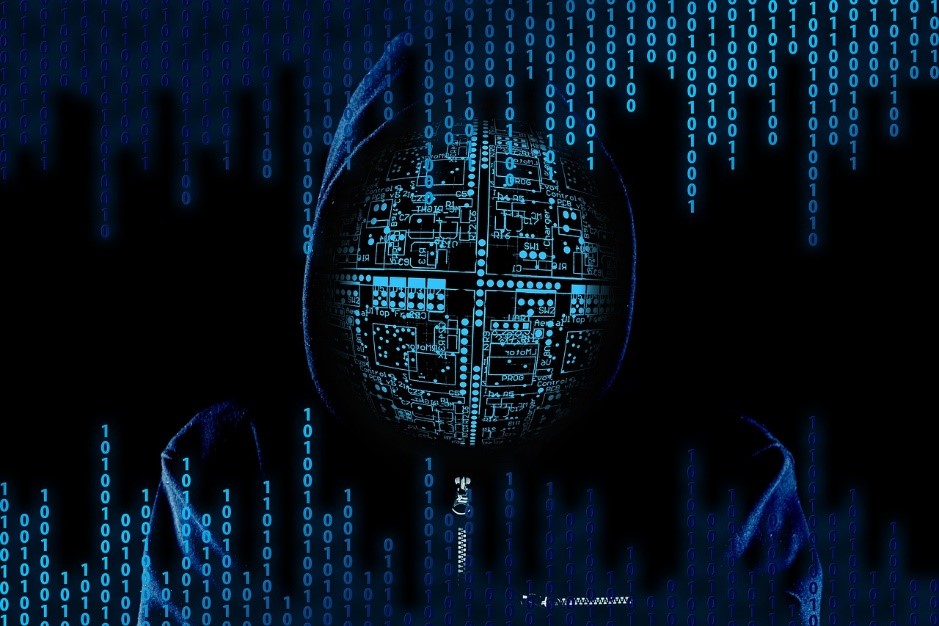Digitalization is rapidly spreading across the globe since companies have started transforming their physical businesses into digital businesses. These technological advances have not only raised the cyber-crime bar (600%) but have also increased the vulnerabilities of data as well as devices.
Thus, it’s pivotal for businesses to secure their confidential information by implementing the necessary cyber security solutions.
When we think about cyber-attacks, the majority of users think about the cyber security solutions for preventing them, but when data storage for prevention of data loss comes into the picture, cloud security solutions are preferred.
Many users can’t differentiate between these two securities and are ignorant about their functionalities. They feel that these securities have similar characteristics as well as functions. But let me brief you that both these securities are poles apart in their functions.
In this blog, we will discuss everything regarding cyber security and cloud security, their benefits, flaws, and their differences.
What is Cyber Security?
The simplest way to define cyber security is the security that protects all web devices like laptops/computers, servers, networks, etc. from cyber-attacks.
In short, cyber security prevents intruder access (unauthorized access) to your network and systems, thus ensuring data confidentiality and data integrity. These security solutions vary from securing home offices to securing corporate offices.
Research by Cyber Security Ventures indicates that the global crime damage may hit $10.5 trillion annually by 2025.
Cyber security is pivotal for individuals as well as companies since both these parties need to fend off unauthorized access to their systems, networks, and data.
Hence, digital businesses are now implementing cyber security solutions to secure their business data from unauthorized intruders.
Key Factors:
Ensuring application security, network security, disaster recovery management, information security, and end-user security are a few of the key factors of cyber security.
Cybersecurity Best Practices:
Use of firewalls, use of MFA (multi-factor authentication), use of biometric security (fingerprint scan, facial scan, etc.), use of anti-malware software, etc. are some of the best cyber security solutions implemented by companies to prevent their digital infrastructure from cyber-attacks.
What is Cloud Security?
Cloud security is an assemblage of policies, technologies, and systems that are prepared and implemented to protect all cloud-computing environments. This assemblage comprises cloud data and networks, including cloud applications, as well as other cloud infrastructures.
Cloud security technologies secure this assemblage from varied cyber threats rising internally and externally.
The main motto of cloud security is to prevent unknown servers from accessing cloud data. Since these securities are provided by third parties, it’s vital that both the involved parties, i.e., the cloud service provider and the company, jointly make efforts in securing the cloud data.
Key Factors:
Security of digital data, threat detection and prevention techniques, data retention plans, efficient access management to prevent intruders, and taking care of legal compliance if required are the key factors of cloud security.
Cloud Security Best Practices:
Identifying sensitive data and its access points, identifying unknown cloud usage, checking cloud configurations, encrypting sensitive data, securing end-points, sharing the responsibilities with the cloud service provider, etc. are a few of the cloud security best practices.
Cloud Security vs Cyber Security:
-
Security Coverage:
The cyber security coverage expands to safeguarding the domains by installing Domain Validation certificates (SSL (Secure Socket Layers) certificates), protecting the computers, servers, and networks from hacker attacks.
Cloud security coverage is restricted to protecting cloud computing environments from hacker attacks.
Cyber security includes securing the cloud, whereas the reverse is not true, i.e., cloud security doesn’t include cyber security.
-
Securing Sensitive Data:
In cyber security, the web owners or the users need to secure their digital infrastructure by implementing 2FA, using complex passwords, installing an SSL certificate (encryption security), etc.
In cloud security, the cloud firewall becomes an additional layer of security and secures all the cloud assets by blocking compromised traffic. It also blocks intruder access into the cloud, by permitting only authorized personnel to access it. Thus, constant filtration of traffic secures the cloud and its data.
-
Responsibility of Security:
In cyber security, the device owner (user) is liable for monitoring and securing the data against hackers.
In cloud security, the cloud service providers are responsible, rather than the device owner. The use of automated securities like API (Application Programming Interface) ensures that the information is secured thus diminishing the chances of human error.
-
Detection of Security Threats:
Cyber security threat detection tools include anti-virus software that detects cyber threats and fixes them. Anti-malware software and other intrusion detection tools can also help prevent cyber-attacks. These tools may not catch the recent threats, so updating them regularly can prevent intruder access to your systems.
Cloud security uses Artificial Intelligence (AI) for automatic threat detection, which also proves to be a strong barrier against cyber-attacks.
-
Security Benefits:
Cyber security benefits include network security, device configuration as desired, and access/control of data.
Cloud security benefits include taking care of cyber threats, ensuring data security, and budget-friendly costs as compared to cyber security solutions.
Cyber security permits customized security solutions as per your wishes, whereas in the case of cloud security the same is taken care of by a third-party (cloud service provider).
-
The Challenges:
Keep the cons in mind too for selecting the best viable option for your data security.
Installing the cyber security solutions by yourself is a challenge in itself. Be it a firewall, anti-virus software, or an SSL certificate for data encryption, they need to be installed and configured properly. They need to be updated regularly and managed properly. Costly security solutions and self-management of securing digital data are its cons.
Cloud security is ensured by third-party vendors, and your responsibility is shared, but some of its cons include the loss of security controls, unwanted systems and security solutions implemented by the cloud service provider, loss of data during natural disasters, slow backups and restores due to shared cloud hosting, ample internet usage, etc.
-
Desired Security:
The majority of users are shunning away from using traditional cyber security methods and resorting to cloud security, but there are still a few individuals who use these cyber security solutions along with cloud security.
Research indicates that 91% of businesses use the public cloud, whereas 72% use the private cloud. Since a majority of the masses trust the cloud to secure their data, they prefer to use cloud security as compared to cyber security.
-
Backups & Storage:
The data backup process in the case of cyber security is manual and hence needs human assistance. They are costly since you require your IT team to back up your stuff regularly as scheduled. More storage space needs to be bought to store the backups.
The backups are automated in case of cloud security and hence human assistance is not required. These backups are cheaper compared to cyber security backups. In the case of cloud security, additional storage space is not required, since iCloud can purchase more space if required.
-
Data Storage:
The only advantage of storing data through the cyber security method is that you have control over your data and can permit data access to the selected personnel.
Data storage in cloud security is not onsite. Cloud service providers ensure that the data is secured with a qualified and secured team of data centers.
Wrapping Up:
Both these securities overlap each other when it comes to functioning and securing data. While cyber security requires a lot of human assistance and responsibility, there is a huge risk of data loss or data tampering.
On the other end, cloud security is fully automated and the risk factor, i.e., data loss is very less since it’s tough for intruders to access the cloud. But other risks like malware attacks, data breaches, DDoS attacks, etc. are more prevalent in cloud security which proves to be a major drawback.
Implementing a blend of both these securities, i.e., using MFA, SSL certificate, antivirus software, and hiring a good cloud service provider is an ideal solution for securing your digital infrastructure.








